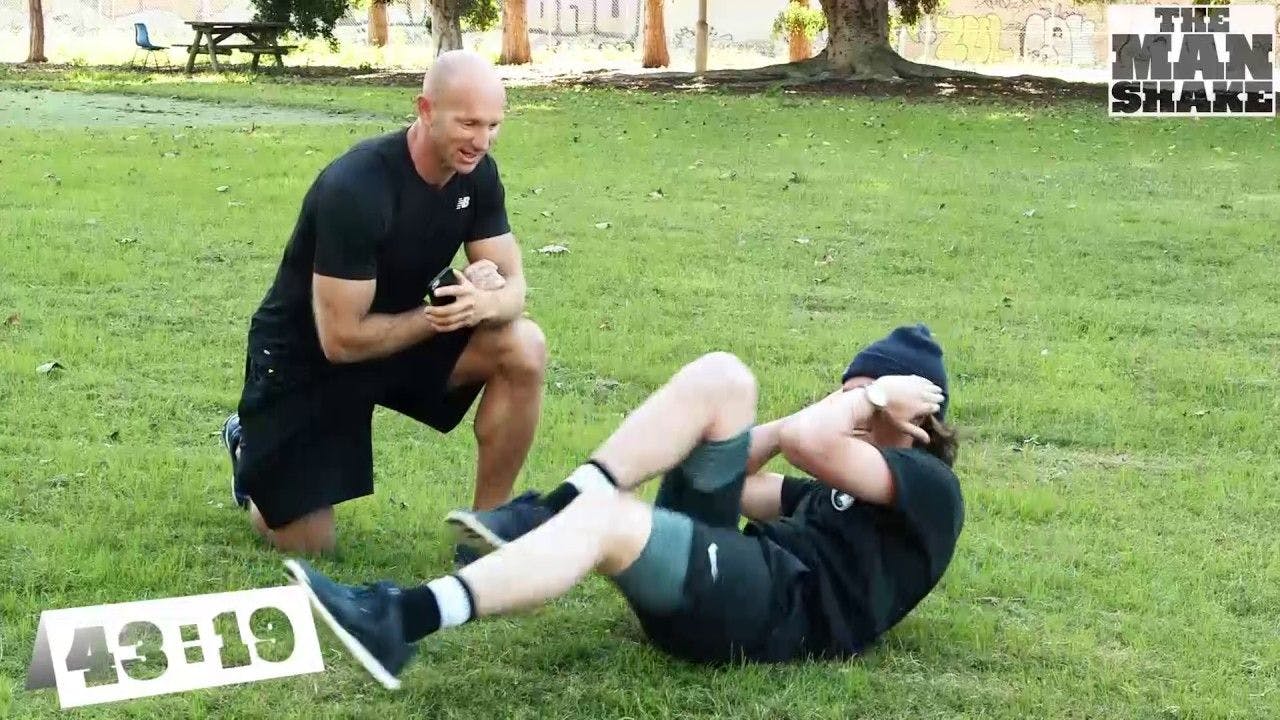How To Pick The Right Exercise Bike
•Fitness

Share
Want to get the benefits of cycling but don’t have the time to leave the house outside of work hours?
We get it — it can be a pain in the rear end to find time to get outside and cycle. Then when you throw in unpredictable weather and traffic (both road and foot), cycling outside can become a bit of a hassle.
Thank god for the invention of exercise bikes then, eh? If you’re in the market for an indoor exercise bike, we’ve put together a little guide that should make your job easier.
What Types Of Exercise Bikes Are There?
Exercise bikes have differing designs and degrees of adjustability, so it’s advisable to try before you buy. Ideally, you’d pick something that suits both your height and limb length.
The different types of exercise bikes include:
An Upright Bike: These are generally smaller, more comfortable and more affordable than other models. This makes them great for beginners looking to lose weight and increase fitness with regular home workouts in front of the telly. They’re not great if you want to do high-intensity gym-style exercises, though.
A Recumbent Bike: This bike offers a similar workout to an upright bike, but it allows you to sit in a position that supports your back, as the seat more resembles a chair than a traditional bike seat. These are good for beginners and people rehabilitation from an injury, although they can take up a lot of room and aren’t great for resistance training.
An Indoor Cycling Bike: Also known as an indoor racer, the resistance on these bikes is controlled by turning a knob, which increases the friction. These bikes can provide workout flexibility due to their wide range of intensity levels and allow you to alternate between sitting and standing. They’re also great for interval training and HIIT workouts, which we know are great for losing weight while cycling. That said, some people say the seats aren’t particularly comfortable.
An Air Bike: These are great for athletes looking to step up their performance and they are great for cardio health and muscle tone. Air bikes offer a full-body workout that tones arms, legs and the core but they are noisy and the harder you push yourself, the louder the noise.
An Elliptical Bike: Unlike traditional exercise bikes, ellipticals don’t just engage your lower body, but also your arms, due to the fact you grip onto moveable levers rather than handlebars. These burn calories quickly due to engaging your whole body and put less stress on your joints, but they don’t offer much variety in terms of movement and can become monotonous over time. They’re also generally a more expensive option.
Which Model Should I Buy?
Ultimately, what you pick will come down to your personal preferences. Please note that certain models will have limitations including the inability to move your seat backwards and forwards, a limit on how much they can tilt, and handlebars that cannot be adjusted.
It’s also important to consider seat height and adjustability, as the former is highly important for fitness. Handlebars are important for comfort. They should have a good grip and be adjustable.
Additionally, your seat should be well cushioned. If you want to do spin exercises or cycle quickly, you may opt for a wide seat.
Most exercise bikes also have a weight limit, which is important to check before purchasing, especially if you're just starting out on your weight loss journey.
How Much Should I Pay?
Once again, this comes down to personal preference and your goals. The cheapest bikes start from around $90, while most entry-level models are priced between $400 and $1000. If you want one of the more sophisticated models that you find at a gym, you’re looking at paying around $3000 or more.
The more features the bike has, the more expensive it’s going to be. Look, it might be worth splashing out for a drink holder so you can sip your Man Shake or BOOST while peddling your way to a better beach bod!
How Can I Track My Workout?
Middle-of-the-range bikes usually come with pre-programmed routines you can follow (hills, flat surfaces, alternating routes). You can also program your custom route. There are several metrics you can also keep an eye on, including the number of calories burned, the duration of your workout, your distance, and your heart rate.
How Much Is Delivery?
Good question. It’s not exactly a simple exercise (pun intended) to get an exercise bike back to your house if you don’t own a van or a truck. Delivery costs from retailers can get up to $200, so if you’re looking to save some dosh, perhaps you could ask your tradie mate to help you lug it home.





